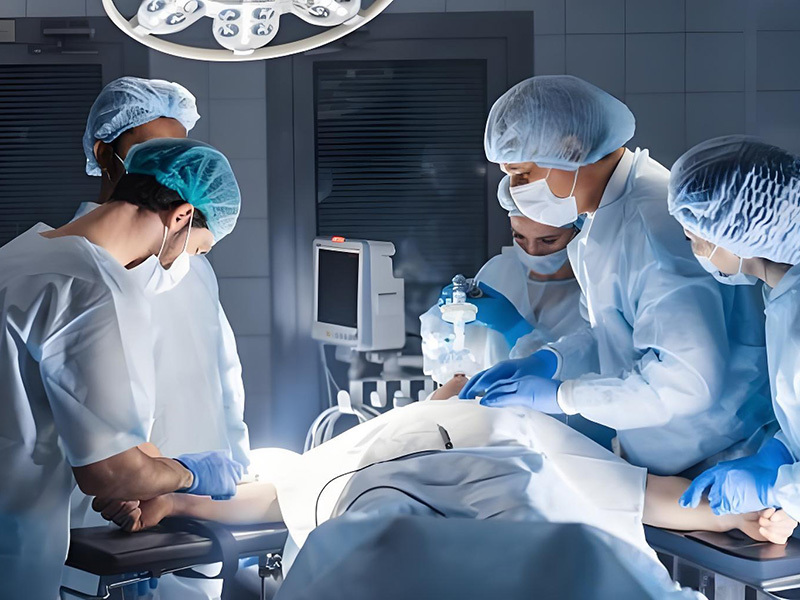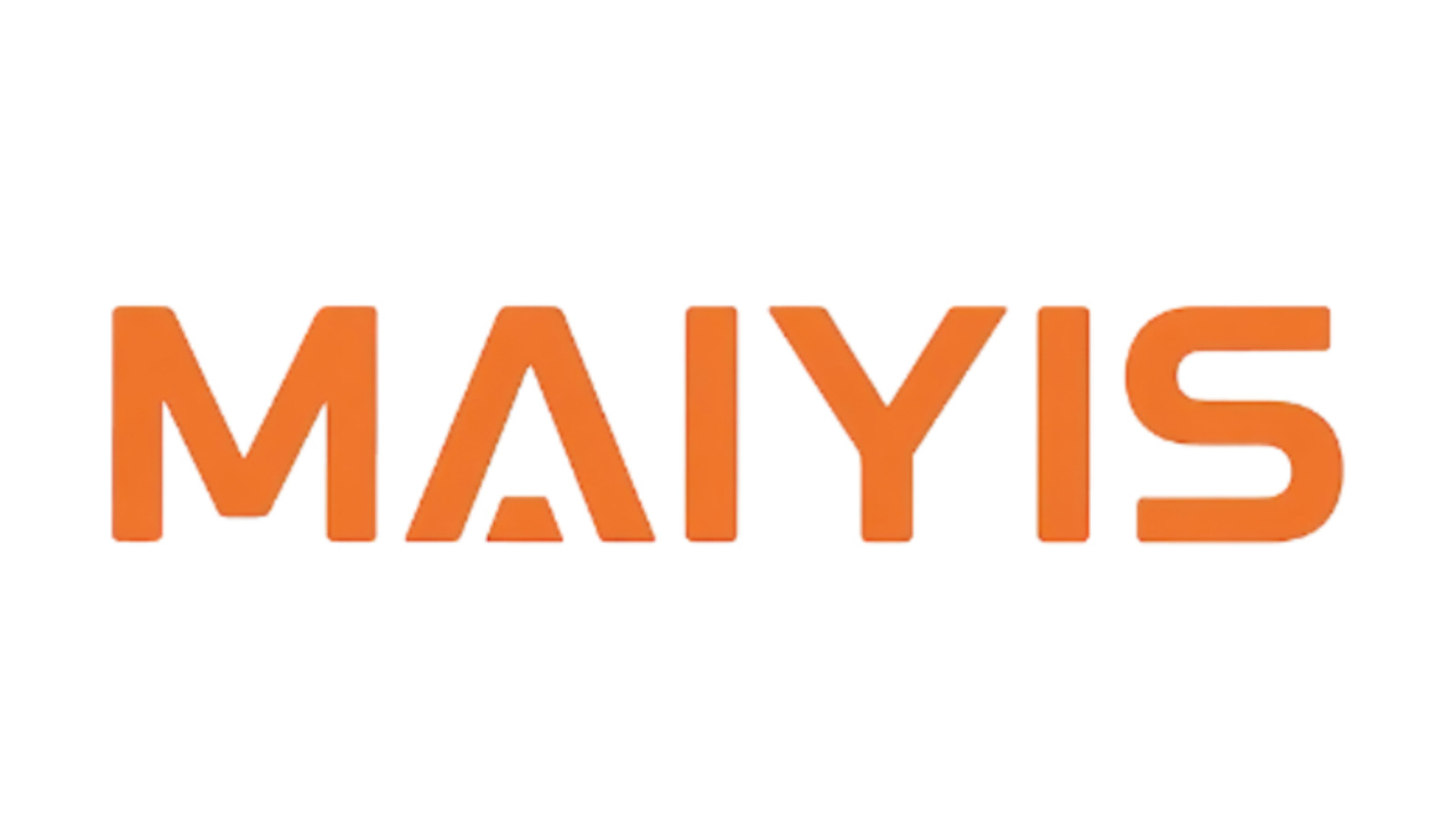Endoscopy technology reveals the mysteries of the human body
2025/07/08

What is an endoscope?
An endoscope is a medical device that is inserted into the body through natural orifices (such as the mouth, nose, or intestines) or small incisions. It's like a miniature "camera" that transmits real-time images of the inside of the body to an external screen, helping doctors clearly observe lesions and achieve accurate diagnosis and treatment.
A Brief History of Endoscopy
In the 19th century, German physician Philipp Bozzini invented the first generation of rigid endoscopes. In the 1950s, the advent of fiber optic technology ushered in the "soft endoscope" era, allowing for flexible insertion deep into the body. Today, with the integration of electronic imaging and AI technology, endoscopes have evolved from simple inspection tools into intelligent systems that combine diagnosis, surgery, and pathological analysis.
Core Technology Unveiled
Imaging Technology: Modern endoscopes use high-definition electronic sensors with resolutions exceeding 4K, and even support 3D imaging, providing a clear view of minute blood vessels and diseased tissues.
Optical Design: An ultra-thin body (minimum diameter of only 0.5mm) combined with a wide-angle lens reduces blind spots during examination; special coating technology avoids interference from reflections.
Intelligent Assistance: AI algorithms can mark suspicious lesions (such as polyps and tumors) in real-time, with a pathological analysis accuracy exceeding 90%, significantly reducing the risk of misdiagnosis.
Common Application Scenarios
Digestive System: Gastroscopy and colonoscopy for early detection of stomach and colon cancer.
Respiratory System: Bronchoscopy for lung cancer diagnosis and foreign body removal.
Minimally Invasive Surgery: Arthroscopy for ligament repair, hysteroscopy for uterine fibroid removal; minimal trauma and fast recovery.
Industrial Field: Inspection of aircraft engines and pipelines without disassembling equipment.
Future Trends: Smaller, Smarter, Safer
Capsule Endoscopy: Patients swallow a "smart capsule" that automatically scans the digestive tract and transmits images within 8 hours.
Robotic Surgery: Doctors remotely control robotic arms to perform precise operations, reducing the impact of hand tremors.
Molecular Imaging: Combined with fluorescent labeling technology, making cancer cells "nowhere to hide" under the microscope.
Limitations and Precautions of Endoscopy
Despite its mature technology, strict fasting is required before the examination, and some patients may experience mild discomfort (such as a foreign body sensation in the throat). Doctor's advice: People over 40 should undergo regular gastrointestinal endoscopy screening; choose a regular medical institution to ensure that equipment sterilization meets standards; seek medical attention promptly if persistent abdominal pain or fever occurs after the examination.
Conclusion
From "blind exploration" to "high-definition live broadcast," endoscopy technology has given humanity a "third eye" to see inside the body. It has not only driven the revolution of minimally invasive medicine but has also become a silent guardian of health. With technological advancements, perhaps in the future, a single drop of blood or a breath will be able to replace traditional endoscopic examinations—this exploration of "glimpsing life" continues.
MORE NEWS



